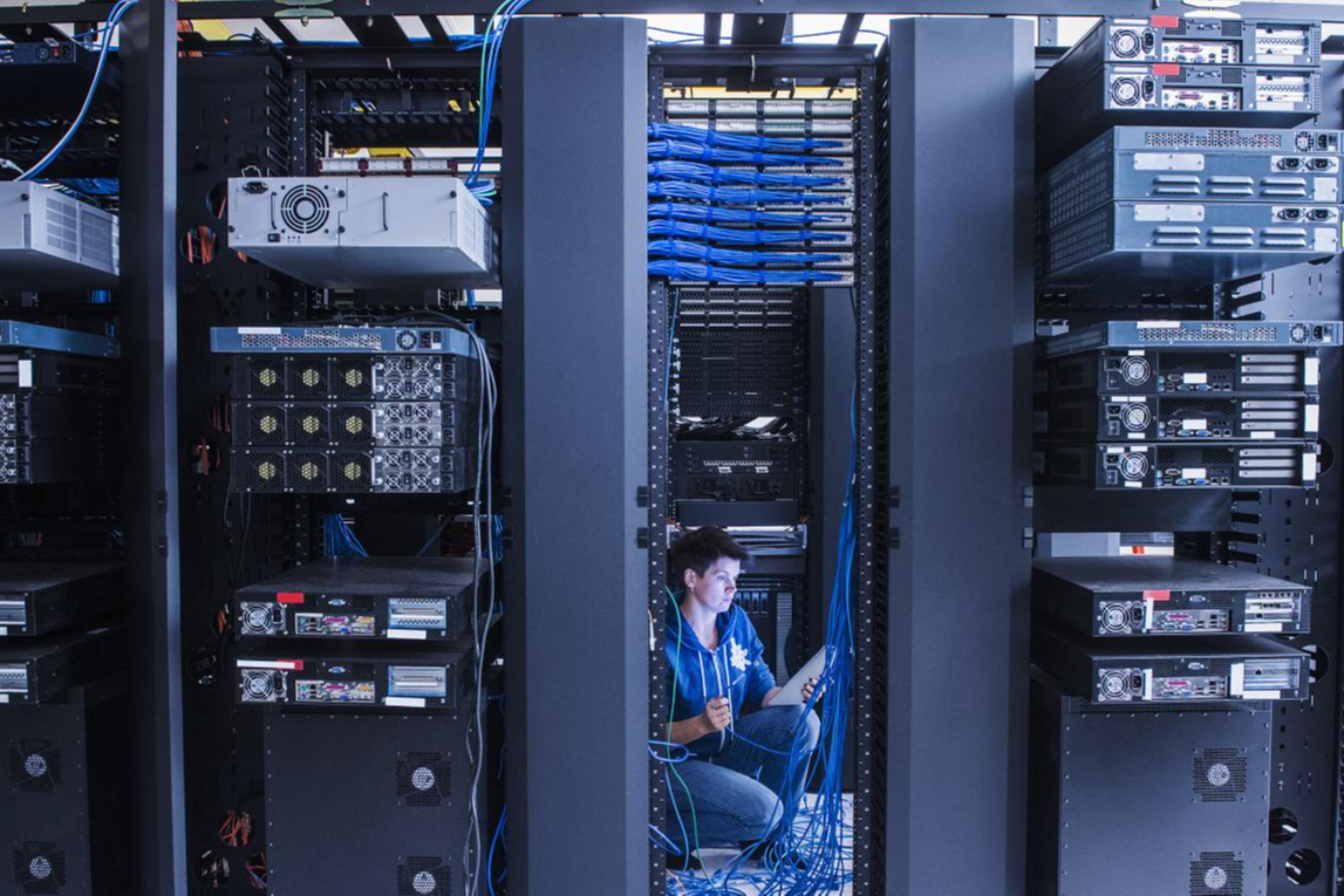EY refers to the global organization, and may refer to one or more, of the member firms of Ernst & Young Global Limited, each of which is a separate legal entity. Ernst & Young Global Limited, a UK company limited by guarantee, does not provide services to clients.
How EY can Help
-
Discover how EY's cybersecurity, strategy, risk, compliance & resilience teams can help your organization with its current cyber risk posture and capabilities.
Read more
Craft a strategic convergence blueprint
Achieving IT-OT integration is a strategic endeavor that must align with an organization’s goals. Developing a strategic convergence blueprint is pivotal for steering this transformation, which should be tailored to meet the organization’s unique requirements while avoiding unwarranted intricacies. By focusing on collaboration, security and strategic foresight, organizations can adeptly manage the convergence process and position themselves to reap the rewards of such integration in the Industry 4.0 era.





